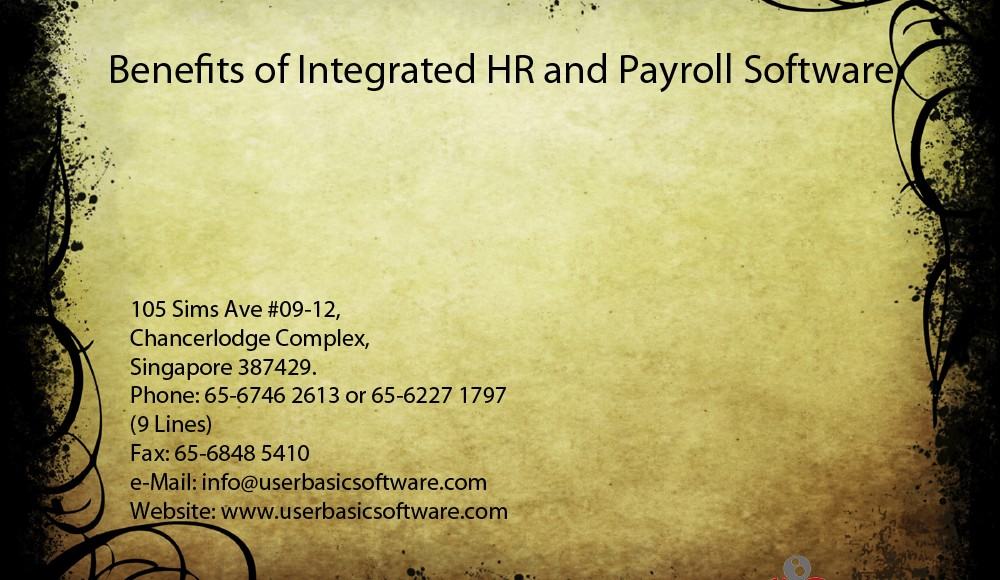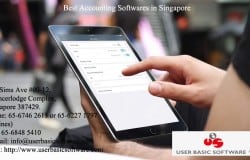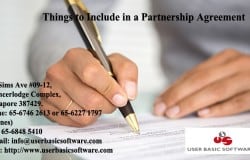The Changing Face of HR and Payroll
Traditionally HR professionals have spent up to seventy percent of their time on administrative activities, but the pressure is now on for them to focus more on transformational work and so deliver more to the business. HR departments are addressing this expectation both through structural changes Payroll software that enable them to standardise policies and procedures and through use of technology.
However many HR departments have undergone a significant restructure in recent years. The main drivers for this change are cited as:
The need to improve services offered to the organisation
Enabling HR to become a more strategic contributor
Repositioning HR to fit the wider organisational model.
Reducing costs
Providing more responsive customer service
Businesses see the use of technology as key in effecting this change. Improving the integration of HR with other core applications is a priority as it allows key information to be shared and therefore offers added value to the business. Making HR activities and processes available via the internet is also a major requirement, as this is a key way of reducing the administrative burden on HR.
Considerations
Some key questions to ask when considering integrating your Payroll and HR software systems could be:
Do I believe that the flow of Management Information within my business can be improved?
Do I know whether management reports can be produce on demand, accurately on any day?
Can we accurately calculate the return on investment for an HR software upgrade, and does it make financial sense?
Does our current system save us money, enhance our employee satisfaction and contribute to improved customer satisfaction?
Are we utilising the human capital in the HR department as effectively as possible? Does our HR and Payroll reside on different platforms?
Although HR & Payroll are dependent upon each other, they’re completely different business processes. That’s why, even though they ought to reside on the same platform, they often don’t.
Often companies outsource to a payroll bureau or use modular payroll software. They may hire a broker to administer benefits and try to perform some of the HR functions in-house.
The result? Well – payroll deductions are more often wrong than anyone likes to admit. Data updates are slow, and vendors of one system frequently don’t know how to work efficiently (or at all) with other vendors. Often such turbulence results in the company’s internal staff working double time in order to ensure that benefits and payroll “talk” to each other.
Integrating benefits and payroll on a single, enterprise-level platform, if done properly, is fast, accurate, and it doesn’t require 24/7 supervision.
Visit us: userbasicsoftware.com














